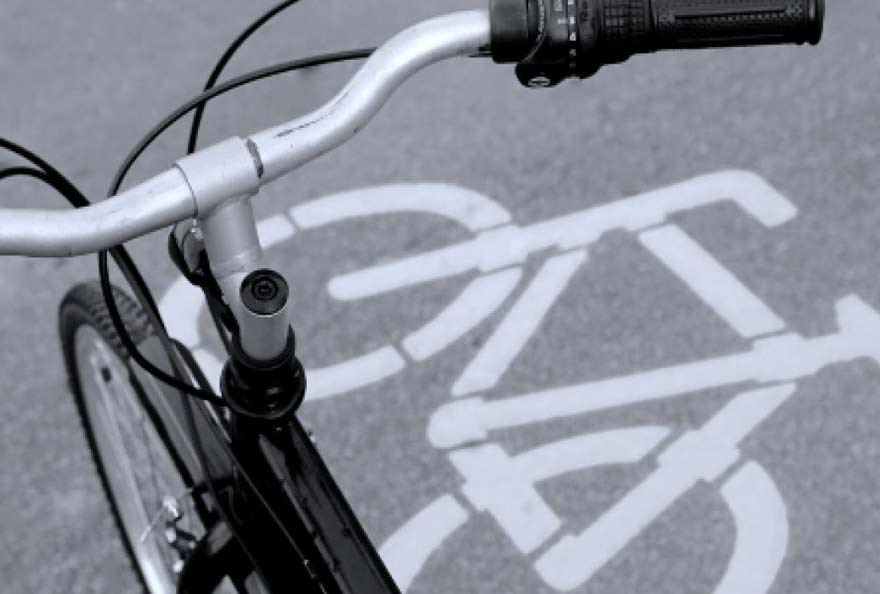2018 will have been the year of the bicycle, will 2019 transform the trial?
Accelerate the National Cycling Plan

The reluctance of communities

Work of the artist Abraham Key hijacking a traffic sign (Viktoria-Luise Square in Berlin, Germany)
Economic incentives, powerful levers
How can the economic incentive measures of the Bicycle Plan be strengthened and their imperfections corrected?

Anything to add? Say it as a comment.













Good morning, sir,
Already 1 year to the day that the major Bike Plan was announced by the government with the objective of tripling the share of cycling in urban mobility by 2024.
But this national plan is still struggling to be implemented at the local level.
A major survey has just been launched by the FUB (Fédération des Usagers de la Bicyclette) to establish a "Baromètre des villes cyclables 2019".
Here it is: https://barometre.parlons-velo.fr/
Good day to all